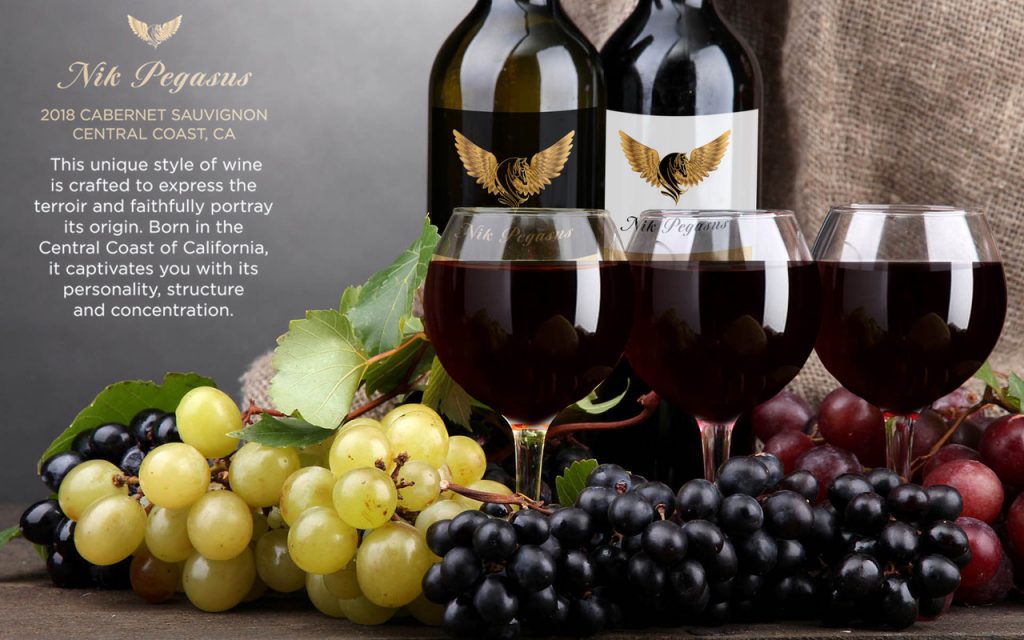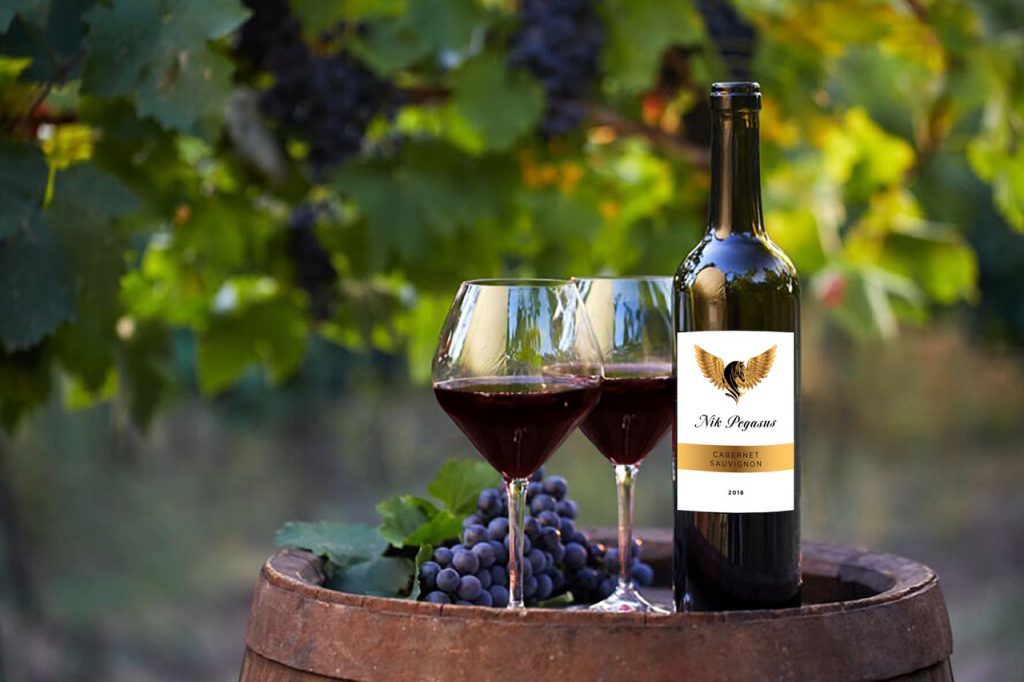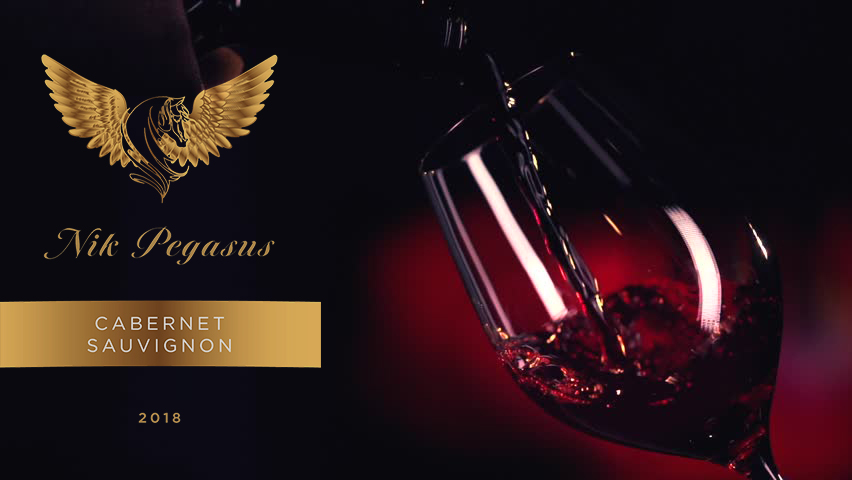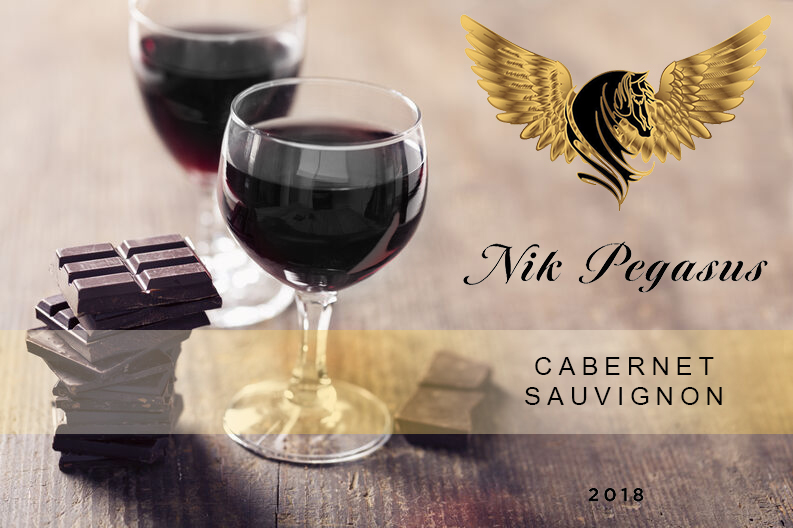
Do you want to know how to choose the best wine?
In this post, we’ll cover some simple tips that have helped us to choose the best wine.
- You are not alone
- Divide and rule
- Fake it till you make it
- Know the value not the price
- Know thyself
You are not alone!
Until that dark ominous moment, I was having what could be described as my best experience in a restaurant, having been seated in a very strategic corner of the dining hall, enjoying the view and taking a glance of the good-looking customers every once in a while. The joy didn’t last however, as I saw the waiter looming up above me with a fake happy smile, holding a menu right in front of my face. “Which type of wine would you like, sir?” he handed me the menu. I didn’t remember asking for wine but anyways, I had to make a choice or, I wrongly thought I would embarrass myself. The wine menu was the most difficult read I’d ever had, a long list of unknown names and descriptions that sounded absolute gibberish to me. Regardless of what came next and how I ruined my evening, which I will tell you later, the experience sparked a series of research I did into wine in order not to experience such an awkward moment ever again in my life, and this is what I want to share with you in a series of articles I’m going to write.
So if you share sympathy with me in this story, you are not alone, we’re all together in a Michael Jackson’s concert! And this is the place for you, so hang on with me.
Divide and rule!

Like any other food, developing a taste for wine needs time to mature, tasting various wines to eventually find your own favorite. However, an easy choice will always be dividing the menu into two categories: white wine and red wine. The differences between these two types go way beyond appearance and color. Red wines generally taste different than white wines in a number of ways. Of course, there is a big variety in each category as well, but as a beginner, you need to go with the most basic concepts. White wines are generally sweeter and less dry, usually having light fruity flavors while red wines are drier, bitterer, bolder, and they are the kind that pucker your face and tongue when drinking them. There is also more complexity in the chemistry of red wine. The fact behind this difference of taste is mainly due to the presence or absence of tannin in the wine. Red wines are usually abundant in tannin and this is due to the process of making the wine. Tannin is a substance found in the skin of grapes and since the grape skin is left throughout the process of making red wine, there are higher deposits of tannin in this type of wine. White wines, on the other hand, have a higher amount of sugar and carbohydrates than red wines and thus are sweeter. They are also low in acidity.
The differences between these two types of wine go well beyond this and I’ll deal with them in the future but knowing the basic differences would be enough when you’re dividing the items on a verbose wine menu of a restaurant. In fact, a more accurate categorization according to the literature would be that of ‘sweet wines’ and ‘dry wines’, with red wines falling mostly into the latter category, but let’s keep it simple for the time being.
Furthermore, and as you might’ve thought, asking the waiter is always an opportunity reserved for you; most of them will be kind enough to give you a recommendation. Still in doubt? Well, for your information, there are a lot of restaurants that offer half a glass of wine for a test if you ask them for it.
Fake it till you make it!

Mastering an appreciation of wine is like mastering an appreciation of art, and indeed, a good wine is a work of art! Developing a fine accurate taste for wine is a gradual process and takes tens, if not hundreds, of tastings. However, you have to take a firm first step and act like a pro. You started with dividing the wines into two groups and that gives you a head start; by now, you will have known if you have taste buds excited by acid or if you’re inclined to taste sweeter flavors. If you favor that feeling of complex taste puckering your tongue, you will go for a red wine or else otherwise. The next rule of thumb is to use any peripheral information you can. One piece of information is the type of grape used in the wine. The taste of wine varies depending on the type of grape used to make it. Therefore, look for the kind of grape used in the making of the wine and that could give you a rough understanding of the flavor. And if you’ve never had grapes in your diet, fear not! I’ll list a handful of some names and their tastes so you can still have that pro look on your face while looking at the menu or the bottle. The list contains some names of grape varietals and what type of wine they produce; sweet or dry, red or white.
Some major grape/wine varietals used in making red wines:
- Cabernet Sauvignon: One of the most famous and popular wine-making grape varieties which gives the wine a deep red color and moderate acidity. They also have a moderate to good tannin composition.
- Pinot Noir: It is part of the Pinot grape family and depending on where it is produced, the wine could have low to high complexity in flavor. When young, wines made from this grape tend to have red fruit aromas and when they come of age, the wines could have more vegetal aromas adding to the taste’s complexity.
- Merlot: Its name probably comes from the French word ‘merle’, which means ‘blackbird’ and there are two main styles in making wine from this grape. The ‘International style’ gives the wine a full-bodied texture and creates a wine high in alcohol with a taste close to blackberries’. The other traditional ‘Bordeaux style’ creates a medium-bodied wine with moderate alcohol levels which tastes more vegetal.
- Syrah/Shiraz: A popular international varietal grown throughout the world. The wine from this varietal tends to be medium to full-bodied and has moderate to high levels of tannin. You could also expect notes of mint or black pepper in its taste.
- Malbec: Generally considered to be the national variety in Argentina, Malbec wines tend to be soft with a deep color. These wines have ample tannin and a flavor close to that of plums.
- Other grape varietals used in making red wines include: Grenache, Sangiovese, Tempranillo, Montepulciano, Barbera, Petite Sirah, etc.
Some major grape/wine varietals used in making white wines:
- Chardonnay: It is one of the most popular white grapes, which is commonly used in many types of white wines.
- Riesling: A varietal used specially in a white or a sweet dessert wine. The wine made from this varietal is high in acid and low in alcohol.
- Sauvignon Blanc: It is a white grape, giving a crisp, dry and refreshing taste to its white wine. The aroma could vary from floral to fruity depending on where it is grown, a cool or warm climate.
- Gewurztraminer: A type of cool climate grape variety with a pink-to-red skin color that produces wines which are usually off-dry with a scent of lychees.
- Torrontes: A white grape variety that is exclusively grown in Argentina. It produces a white aromatic wine which is moderate to high in acidity and has a fine texture. The aromas include peach and apricot.
- Other white grape varietals include Semillon, Viognier, Veltliner, etc.
These lists can grow much longer but I gather they will suffice for now.
Know the value not the price!

Do not assume that the more expensive the wine the better it will be. Keep your focus on quality not the price. More expensive wines do not necessarily have a better quality, or even if they do, this is not your concern now. You have set off on a self-exploration journey to master your own taste. Expensive wines are the result of a well-acquired taste usually catering for specific tastes. In fact, on the other hand, it is the cheaper ones that have a widespread appeal and you’d even be better off going for less expensive wines.
To conclude this section, never be afraid and use any amount of knowledge you have in order to make an instant decision. And, don’t forget the pro look you’re supposed to put on your face when making a decision and the rest will go just fine.
Know thyself!
As I mentioned above, developing a taste for wine takes time. You must spend time to realize which taste suits you best. Whether you want a sweet chilling sensation on your taste buds or a dry puckering one all depends on you and the type of wine drinker you are. Decide what makes you feel better, so indulge yourself and explore. Be specific in your exploration. Start the exploration with the first drop touching your tongue and keep going till that warm sensation takes over your body. Be adventurous, explorative and creative in your choices and try as many wines as you can until you finally master your own taste and your type.
Needless to say, the wine you choose totally depends on the mood you are in as well. Different moods call for a different kind of wine and all you need to make a perfect choice is to have mastered your taste.
And what happened in the restaurant? Well, I put down the menu and left the place like a schmuck!
